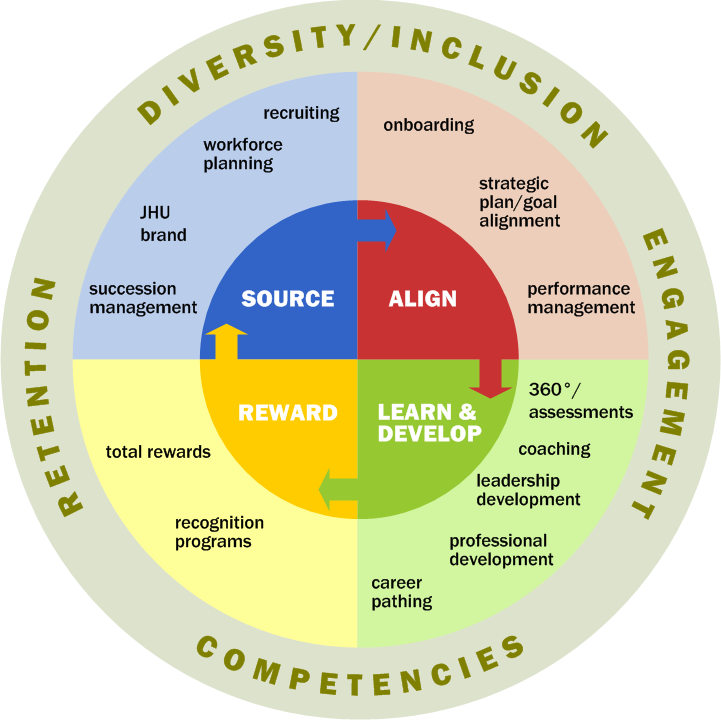The Performance Management System (PMS) is, in essence, part and parcel of the Process and People Management Systems and of the Culture of an organisation.
It is the method and mechanism used to
> define the Key performance Indicators (KPIs) which measure the performance of each and every (core and support) process of the organisation;
> define (ideally in consultation of the hierarchy with each KPI owner) the targets for each KPI in the annual (and mid-term) business plan;
> measure and evaluate periodically (monthly, quarterly and annually) the actual results; and
> 'exploit' the actual KPI results and the personal performance evaluation (a combination of actual results, personal development and willingness and capability to implement personal capabilities) for
>> personal development planning;
and separately,
>> performance-based rewards.
> Hence, the PMS must provide useful outputs for the development of the organization and its employees.
>> It should identify the high potentials and top performers;
>> The low performers should also be identified and defined measures should be taken;
>> It should help continuously develop the competences and competencies of each and every employee;
>> It should also help continuously improve the processes of the organization!
Let me remind you, (slightly paraphrased) Toyota’s slogan:
“With optimally designed and automated business processes, the (few) best employees work wonders, the (many) mediocre ones have very good results, while the (few) low performers are expelled by the system.
With “poor” processes, the (few) top performers have good results, the (many) mediocre ones have poor results and the low performers survive cheating the system!”
> A PMS cannot be effective without "forced distribution" throughout the Organisation and cannot provide credible information.
>> Unmanaged performance appraisals lead to invalid results.Some Managers tend to be polite to employees and they do not like to provide objective feedback about the performance of the employee. They tend to increase the gains and polish the development needs of the employee.
> The Personnel Department (PD) must introduce a system that forces managers to provide objective feedback.
> Most organizations introduce some kind of the forced distribution (or normal distribution for big populations).It is not relevant, how many employees are allowed to be in the best and the lowest rating.
> It is essential that the forced distribution in the performance management exists.
> First, the organization needs to align the results of performance appraisals with the business results of the organization.Many organizations have no link between the performance of employees and the performance of the organization.
>> The system cannot be trusted in such a situation.
>> The PD and Finance must define the PMS global rules.
>> Many successful organizations define specific forced distribution rules for the bigger units in the organization.
>> It automatically aligns the results with the business performance.
>> It may hurt excellent employees in substandard units, since they could be automatically scored with lower ratings).
>> So, these individuals must be treated separately.
> Second, the PD must define detailed rules for the distribution of employees in each unit.Many performance management systems enforce a basic rule of forced distribution for everyone.
>> The distribution is required from all managers in the organization.
>> This can lead to bizarre results as many managers do not have enough employees to build a full curve.
>> The DP must demonstrate flexibility in allowing managers slight adjustments of the curve.
> Third, the PD must implement some sort of calibration of performance appraisal results.The Top Executive Management should be responsible for the calibration of results!
>> Most organizations make a calibration of the direct reports submitted to Top Management.The top management (as a group) confirms or changes performance ratings of individual managers.
>> They have hard evidence and they must use it accordingly.
>> The PD manages the calibration meetings at lower levels of the organization.
During calibration, the best employees, at all levels, are identified, as each manager knows, who the most valuable members of his/her team are.
> This tool is extremely useful as it gives a chance to speak about each individual and discuss the career opportunities in the organization.
> The organization can implement some changes to the forced distribution.Some organizations make a strict distribution just for the top grades.
> They leave the bottom grades to be used by managers freely. These organizations act just on the top grades.
> They have specific initiatives defined for employees in the top grades and they do not act on the bottom ratings.
> Other organizations do not monitor the top grades, but they act on the low performers in the organization.
> Some flexibility is useful!
> However, an effective enterprise must nurture a uniform culture throughout the organisation.
A forced distribution in the performance management is crucial. Without the distribution, the system does not provide useful information either for the PD or the Executive Management.
> The performance management system supports the performance and motivation of employees.The organization can benefit by defining challenging performance standards and can motivate employees to stretch themselves.
When it understands the basics of managing employee engagement, it builds strong, sustainable competitive advantages.
> The art of maximizing employee engagement dictates engaging the top performers and high potentials.

- They build the real competitive advantage.
- The employees’ contribution and employee engagement are crucial for the success of the modern organization.
- Today, innovations are even more urgent.
>> Employees’ contribution starts with challenging business targets.
>> Employees want to participate in an interesting journey! - They want to create and deliver services and products, which are famous!
- They want to be proud to speak about their employer-organisation to friends and family!
- A challenging strategy makes the journey attractive!
Do remember:
The top performers and high potentials must be recognized and rewarded by the organization. The performance management must be connected with other PD processes. People are engaged, devoted and effective, when they see and feel positive consequences from the results of their performance appraisals!
31.3.2016


